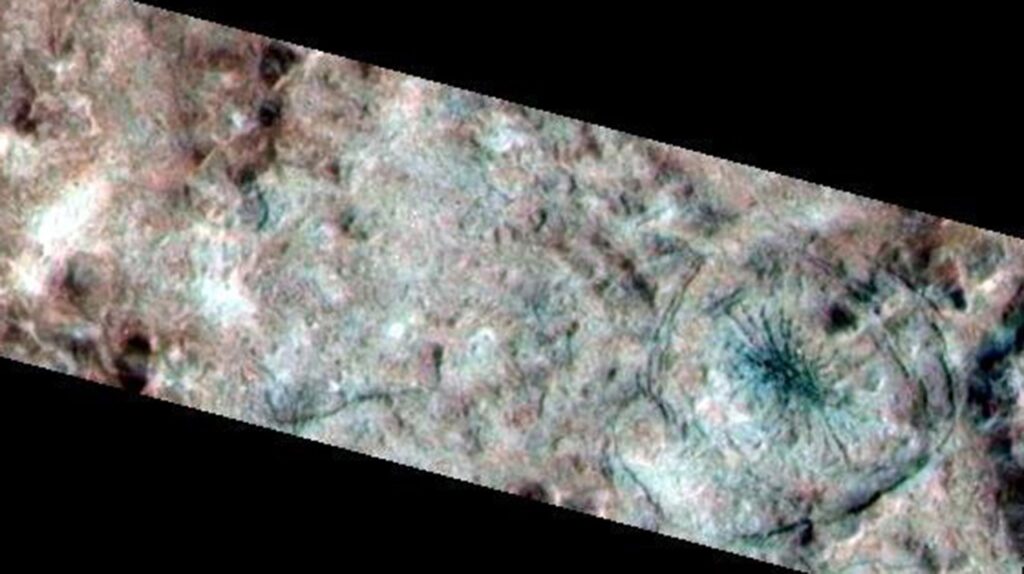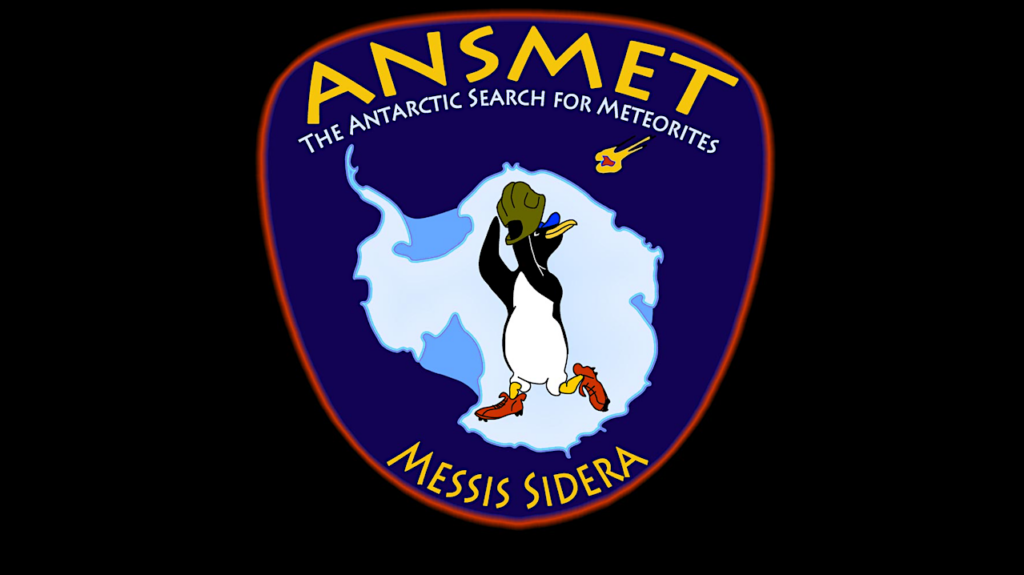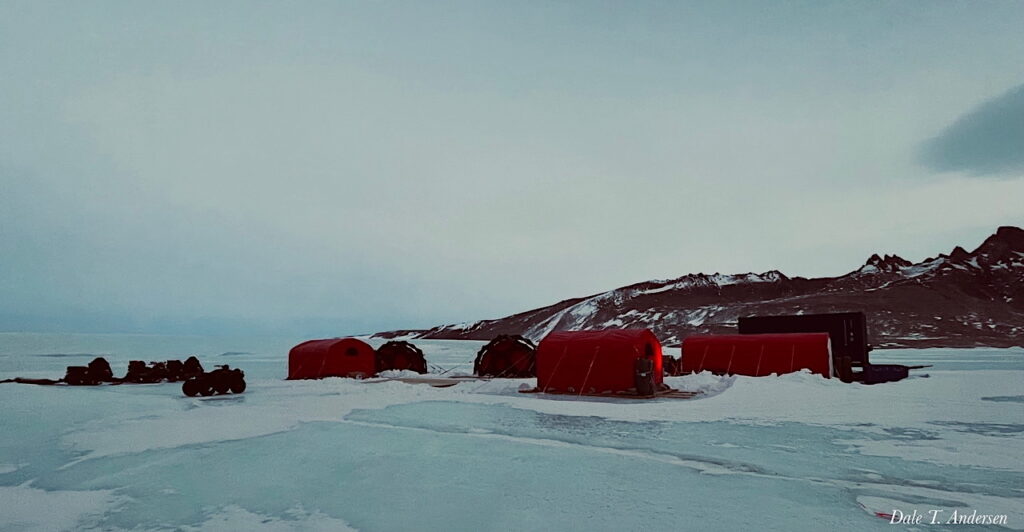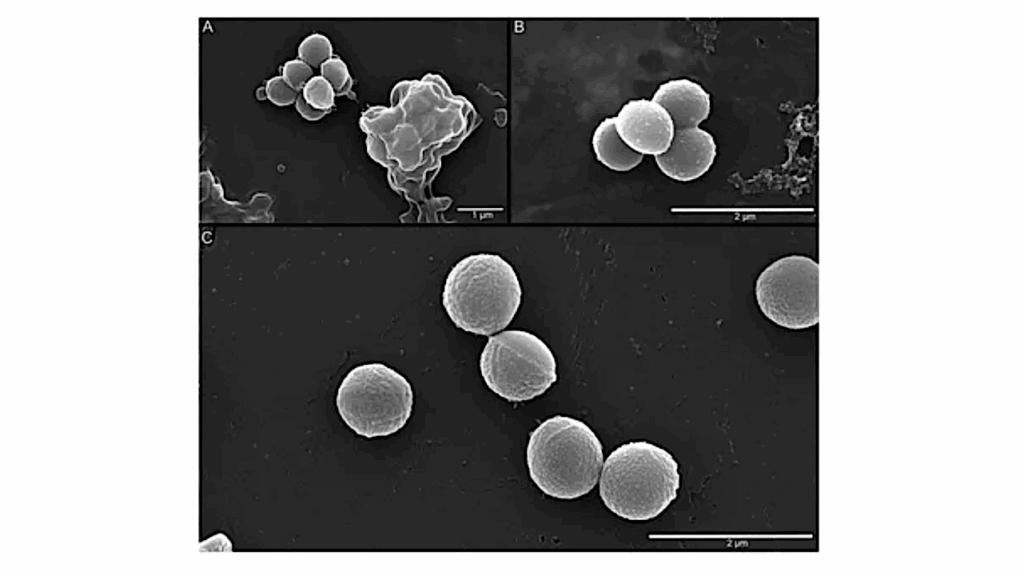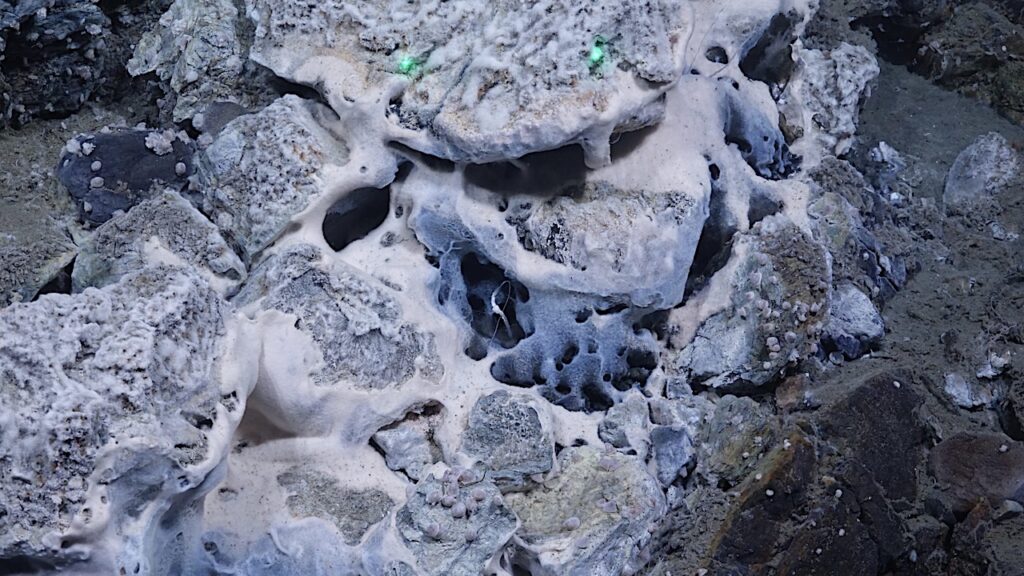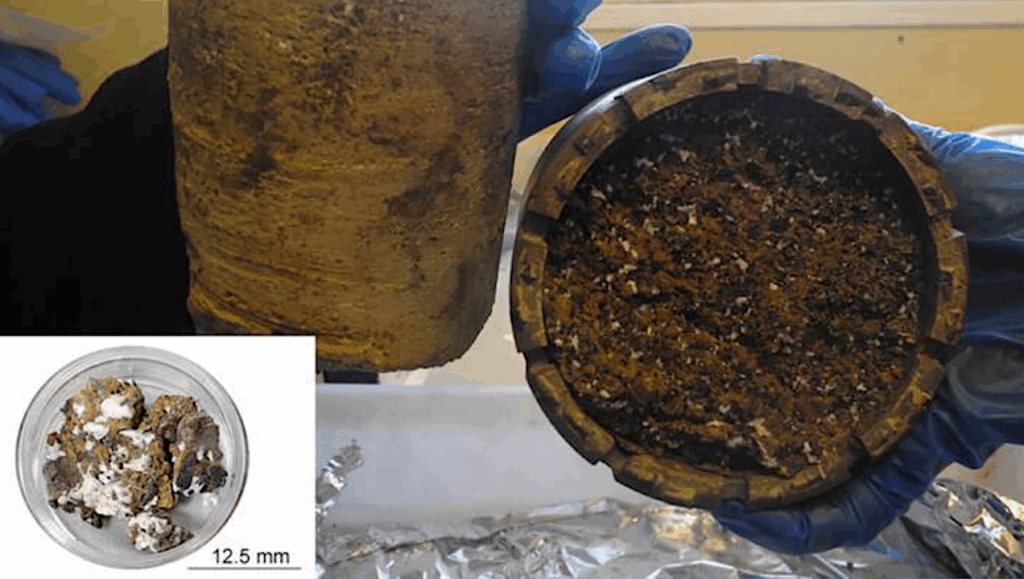Ocean World Cartography: The International Bathymetric Chart of the Arctic Ocean Version 5.0

Knowledge about seafloor depth, or bathymetry, is crucial for various marine activities, including scientific research, offshore industry, safety of navigation, and ocean exploration.
Mapping the central Arctic Ocean is challenging due to the presence of perennial sea ice, which limits data collection to icebreakers, submarines, and drifting ice stations.
The International Bathymetric Chart of the Arctic Ocean (IBCAO) was initiated in 1997 with the goal of updating the Arctic Ocean bathymetric portrayal. The project team has since released four versions, each improving resolution and accuracy.
Here, we present IBCAO Version 5.0, which offers a resolution four times as high as Version 4.0, with 100 × 100 m grid cells compared to 200 × 200 m. Over 25% of the Arctic Ocean is now mapped with individual depth soundings, based on a criterion that considers water depth.
Version 5.0 also represents significant advancements in data compilation and computing techniques. Despite these improvements, challenges such as sea-ice cover and political dynamics still hinder comprehensive mapping.

Flow chart of the major steps involved in compiling the IBCAO 5.0 grid. The orange headings correspond to sections within Methods describing the main compilation procedures. AWS: Amazon Web Services; TID: Type Identification; SID: Source Identification.
The International Bathymetric Chart of the Arctic Ocean Version 5.0, PNAS via PubMed (open access)
Astrobiology, Oceanography,


